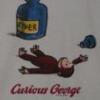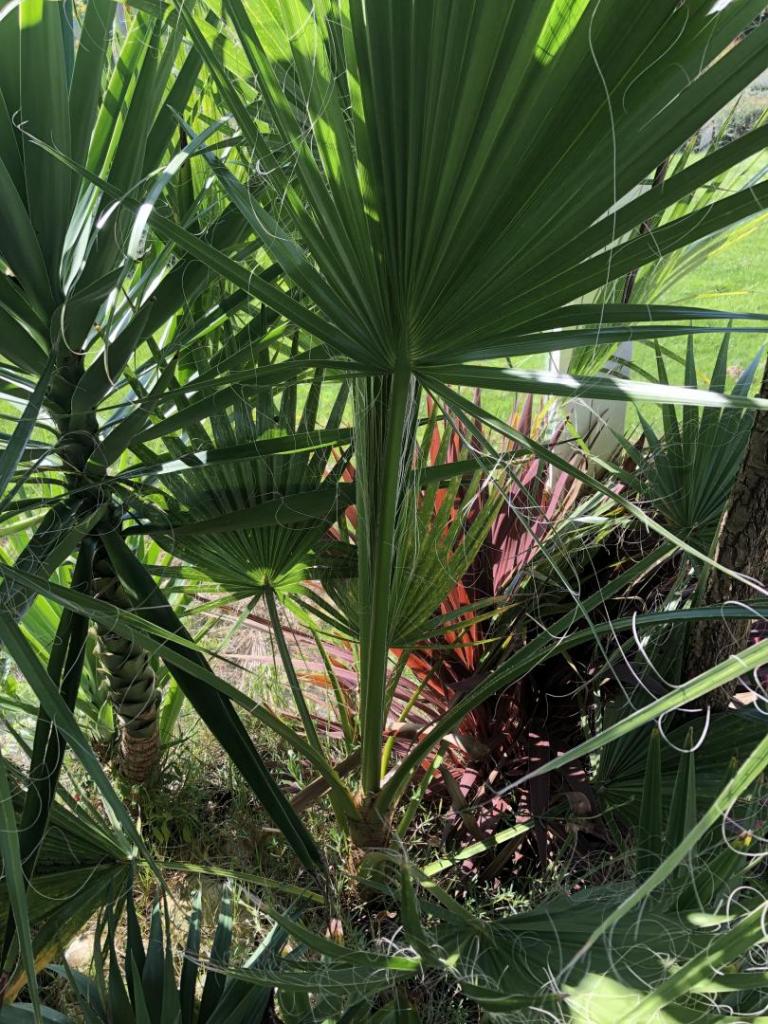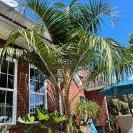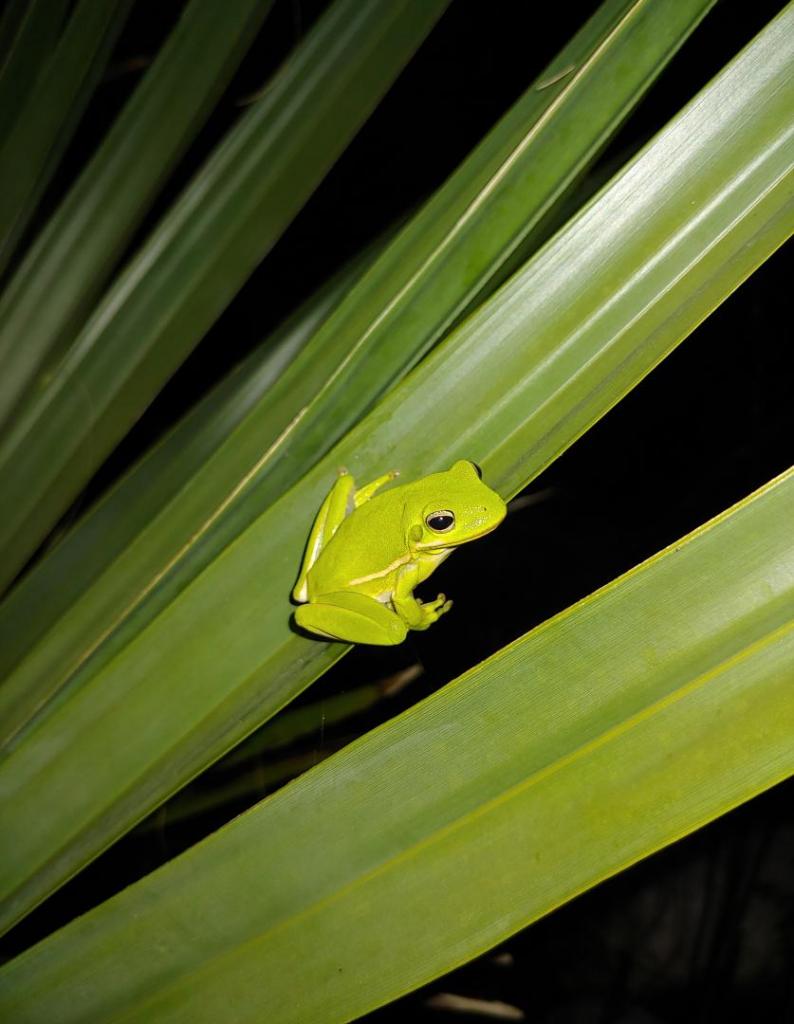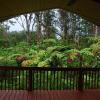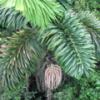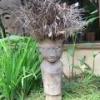Leaderboard
Popular Content
Showing content with the highest reputation on 09/16/2019 in all areas
-
That's interesting. There's plenty of ancient nikau growing under two very large old Kahikatea (estimated around 700 years old) in a swampy gully not far from where I live. I took a few photos when I first saw those impressive trees a few years back. Sorry for the bad photo quality but It's pretty dark down there and my cameras not very good, but better than nothing I guess. I don't think Rhopalostylis sapida can ever get too much water.5 points
-
4 points
-
4 points
-
It does well here, we have had it growing at Leu since 1994. Foliage is tender, burns at about 30f. Gets lkilled back around 27-28f but comes back from the roots very fast. The oldest clump here has froze back a few times, most recently after the 2009-10 winter. It was growing back and a nearby tree broke and crushed part of it. It regre and had grown back to about 15ft tall then Hurricane Irma tilted the clump and most of the bigger stems broke off. Its growing back again. Its a tough palm.4 points
-
3 points
-
So I have some clustering Dypsis that I have been growing for a while now. They started to look straggly during our drought years. I cut back on watering ( will NEVER do that again!). Coming out of the drought, I started watering more, but they didn’t improve. I switched over to Palm Gain last year. The palms responded, but still did not look right. I continued the watering and fertilizer regiment. I am VERY happy with the results. The fronds are now deep green. More importantly, there is a lot more color and fuzz at the leaf base and petioles. Palm Gain has a believer in me!3 points
-
3 points
-
3 points
-
Wow Dave your almost giving them away. You must be running out of room =) It would cost me alot more then that to pick 1 up haha3 points
-
2 points
-
2 points
-
2 points
-
Nothing beats Palm Gain IMO. I've used it three times per year for the last three years and the results are spectacular. I have a lot of organic material in my soil as well but, since the use of Palm Gain, all my palms are healthier and growing at a higher rate of speed. Last feeding of the year is mid October.2 points
-
2 points
-
Majesties As I've noted elsewhere, there are some big majesty's growing in NW Hillsborough. There must be something different with the soil to where they're able to prosper. I just stumbled upon these tonight and thought you all might want to see.2 points
-
2 points
-
Here are some was surprised to find at a local nursery this weekend. The larger ones show their growth habit in deep shade. These must have been planted decades and decades ago. These would be planted, as they don't occur naturally under that type of endemic white pine (known locally by the Maori name Kahikatea) as where it dominates, the ground under would be too wet even for R. Sapida. Human draining of the surrounding land has created a middle ground of drainage allowing the two species to occur together here.2 points
-
2 points
-
I planted ‘mc curtain county’ sabal minor in Kansas City, Missouri z6 more than 20 years ago. They have grown to adult hood and seed most years. Some years they get foliage burn, but always bounce back. I’ve found long duration cold has been more damaging than ultimate lows.2 points
-
Royals Some Royal palms that have been there a long time. Survived 2010. This is not a warm area of Hillsborough county... they take foliage damage most years2 points
-
I recently purchased a few plants (1st photo) at a local roadside stand that is set up briefly every spring/fall. They were having a pre-fall sale, so couldn't resist and only spent $35 in total. I'm pretty sure of the ID on all except 2, which I will post below. Also, happened to spot a few palm seedlings (I'm assuming Sabal minor) growing under some loblolly pines as I was heading into town (2nd photo). I didn't see any other palms nearby.1 point
-
1 point
-
1 point
-
1 point
-
Good news is that I will be making most of the seed that I need to continue business, including Volcano. I hope to create a silver volcano in the next 20 years.1 point
-
Hyophorbe lagenicaulis In Southern CA... I don't know if the seeds will be viable.... If any at all... Butch1 point
-
1 point
-
1 point
-
Would you mind reposting this? You did a great job, but photobucket doesn't want to cooperate anymore.1 point
-
1 point
-
1 point
-
1 point
-
Mussaendas do very well in Darwin, very common garden plants, with lots of cultivars available in local nursuries. Adds really nice colours to the Tropical garden. Responds well to deep mulch, water and fertilizer... And easy to strike from cuttings, just 4 or 5" of soft wood cuttings, dip in some rooting powder, and plant in a sand type soil mix....and away they go....1 point
-
1 point
-
1 point
-
1 point
-
Regular ol' arbicola, inc the variegated types.. I'd say 9a would be a serious roll of the dice, at best, if placed in the best possible spot w/ protection. Tried a few back in San Jose ( CA, borderline 9b / 10a in my part of town ) years ago and lost them the first winter I'd put them in. They were more more exposed and it was a wet / cold winter that year so it is possible they could have survived a warmer / drier winter there. Have seen standard green arbicola growing in yards around town so those might be slightly hardier.. also would occasionally see the bigger common Schefflera around town as well. Back if Florida, remember these getting nailed big time back in the 2009-10 freeze there. Most, esp. protected ones, came back by mid-spring though. When I lived in Sarasota, we'd bring these into our greenhouses thru the coldest part of winter there. Nursery i worked for grew them by the 100's. Bigger ones in the ground seemed to handle a little more cold than the 3 gals we sold the most. That said, look at past posts posted both by @Chester B and @Palm crazy. Both have / are growing some of the really cool.. and cold hardy Schefflera species. Those would likely be the best ones for you to look into, if they catch your interest. There's one i myself realy hope someone starts propagating here in the states.1 point
-
I only started working in my greenhouse again in August 2018, after several years of it being severely neglected due to matters beyond my control. One of the things I thought I had lost was my Pelagadoxa henryana. It had one feeble little frond and looked like it was about to bite it. But after a little over a year of care, it has made an amazing comeback and this is it today. I love it so much, and am so glad it was salvageable.1 point
-
I have a Bactris gasipaes that was completely killed in 09/10 (so I thought) I wasn't unhappy about it either as it's a mean mother. Anyway she back in full glory as she's a clumper and lot's of new sprouts came up from the dead. A beautiful palm but spines everywhere. Bet these would survive Orlando if they got big enough before being set back from the cold.1 point
-
1 point
-
1 point
-
1 point
-
Jim, if you look in my post pic on June 11th, the larger Lavoxia (2nd from left) is the same one with the pen in it above. That fully opened leaf is the one opening on June 11th. So to essentially grow an entire new leaf on a rare New Cal palm in 3 months!? I'm HAPPY! (Knock on my wooden head here...) Based on my observations of Lens and Matt P's, if they are happy, they are relatively quick palms.1 point
-
Established Sabal minor or Needle palm as stated above should survive. In zone 6 all trunking palms (Trachycarpus) will need Christmas lights during periods of roughly 10-12F and below. 7B is the lowest zone which may grow Trachy unprotected. Even then a record cold year could get them.1 point
-
1 point
-
1 point
-
1 point
-
I was lucky to see your post early and I've been drooling over Matts and Lens for the last 7 years..1 point
-
Really? It's more like being able to tolerate salt than most other plants and palms. I live 2.5 miles uphill from the ocean and coconuts thrive here and well beyond where salt spray would have any impact. They are...or were, robust, tall, and fruiting like crazy. I never used salt as an additive, and with 160" of rainfall, there is no salt build up in the soil whatsoever. Save your money and make ice cream or something. Tim1 point
-
Coconuts will tolerate some salts, but I would NEVER add any to any palm.1 point



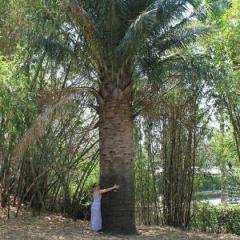
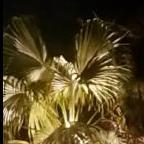
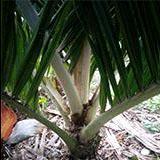


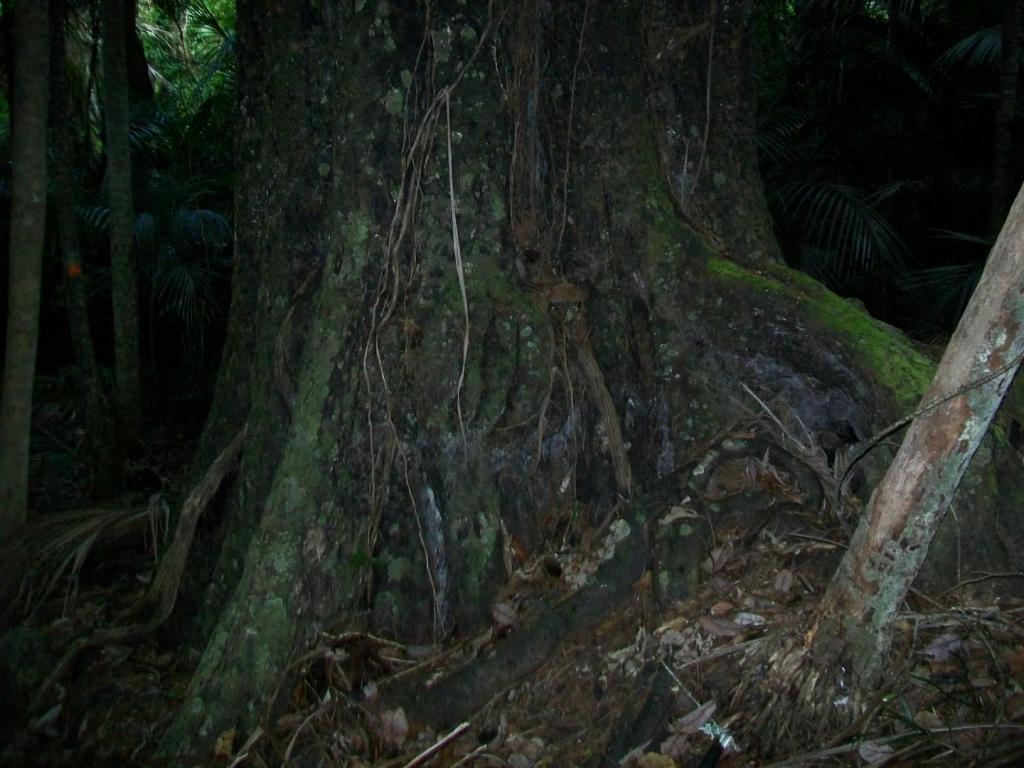




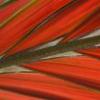
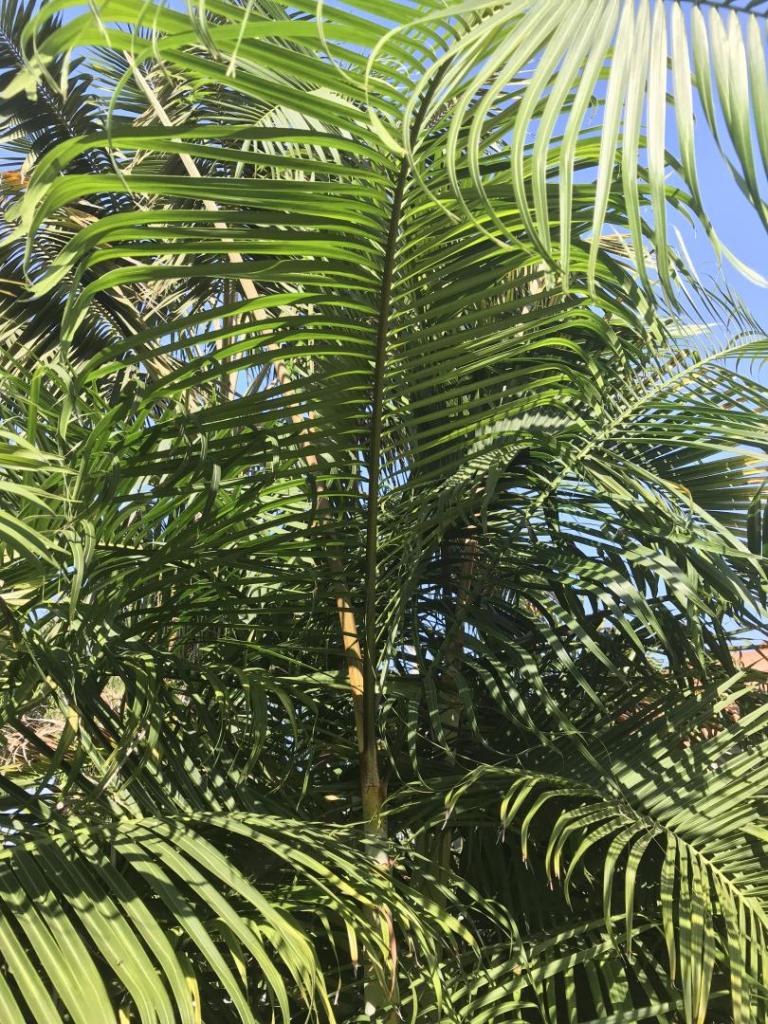


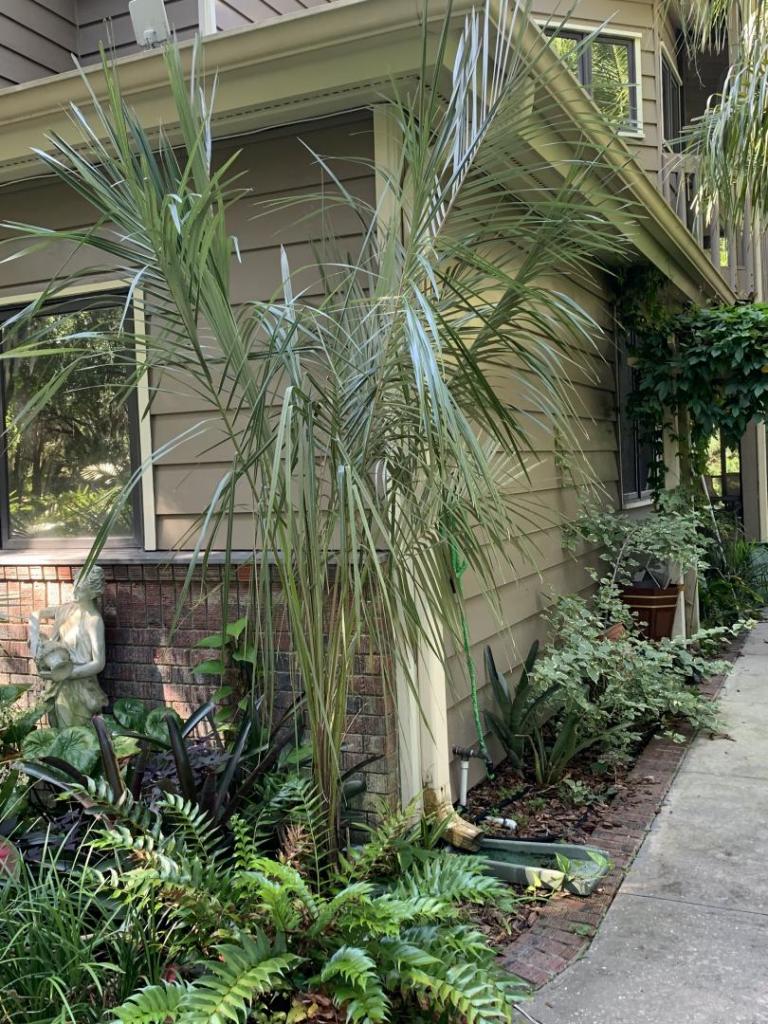
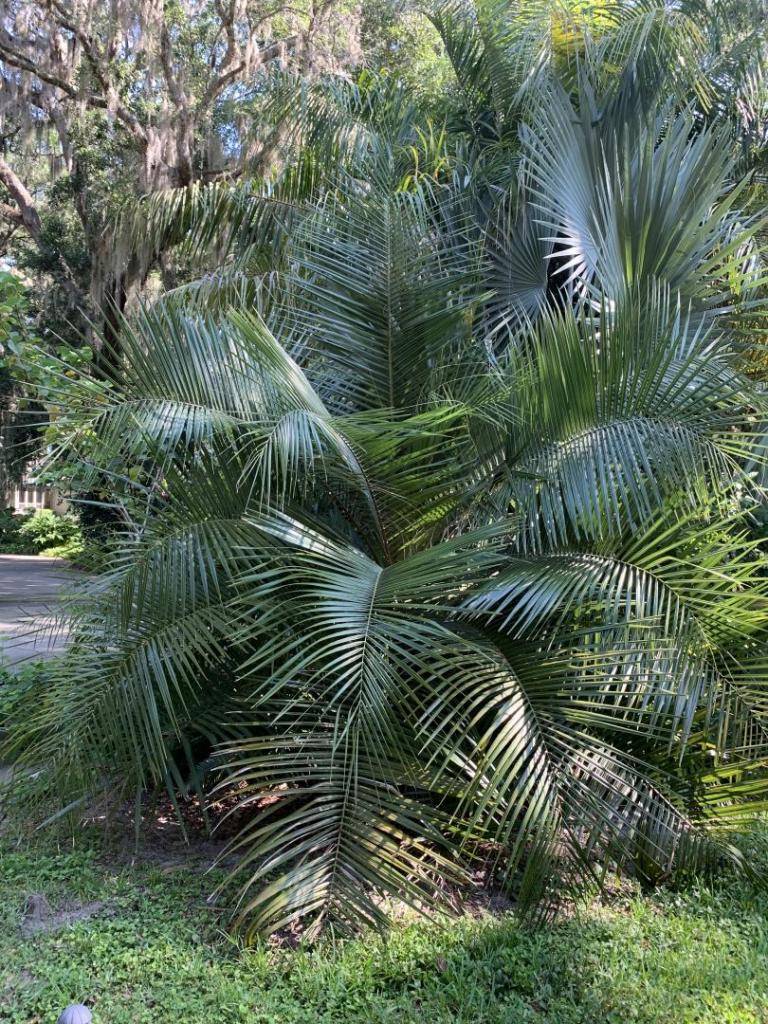
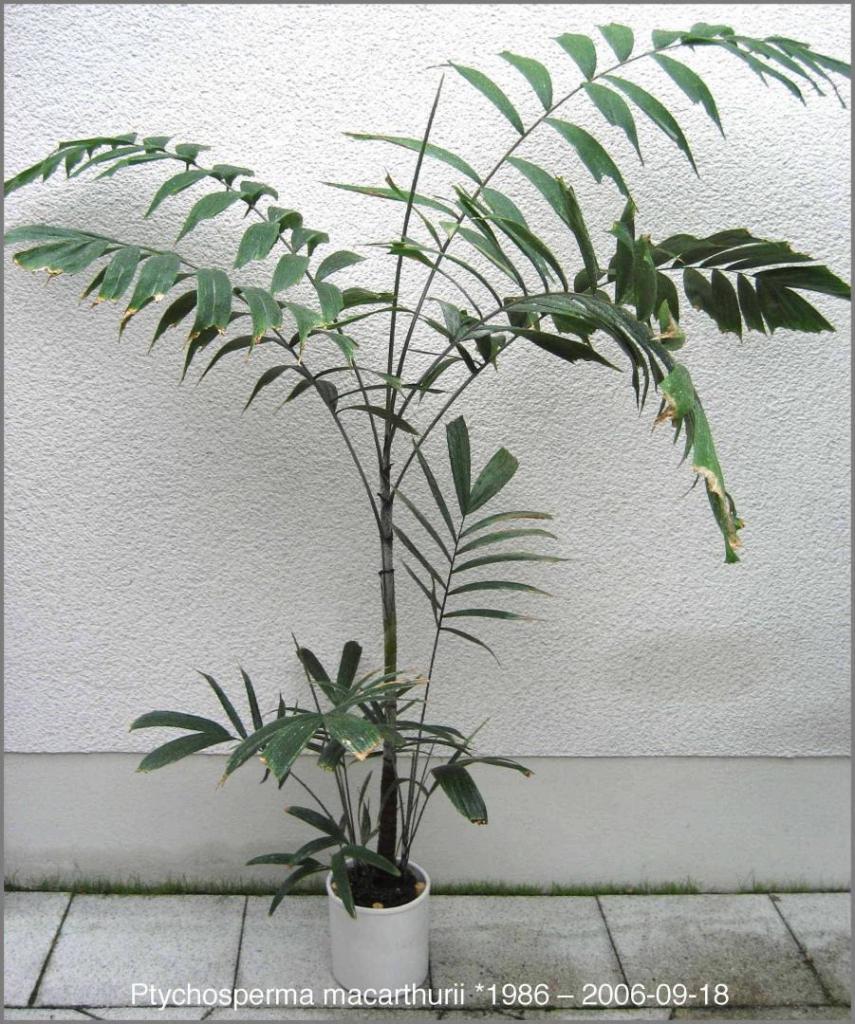

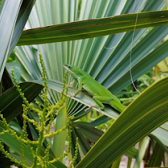
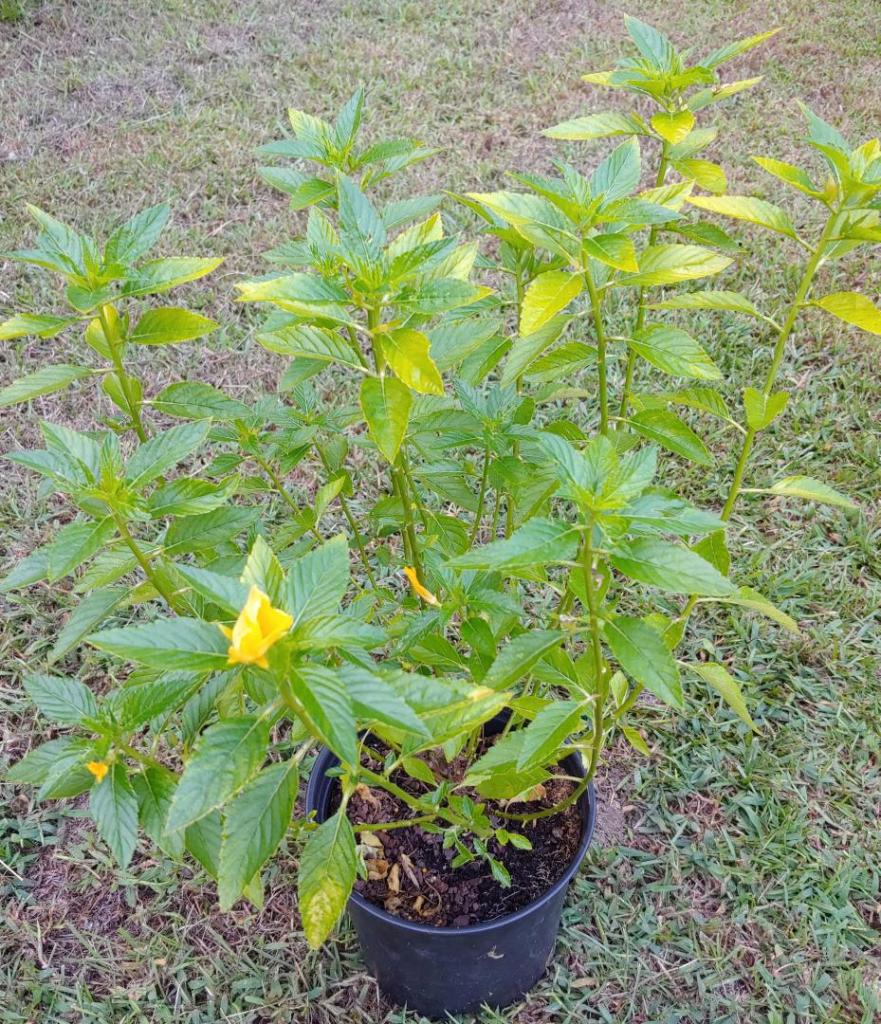
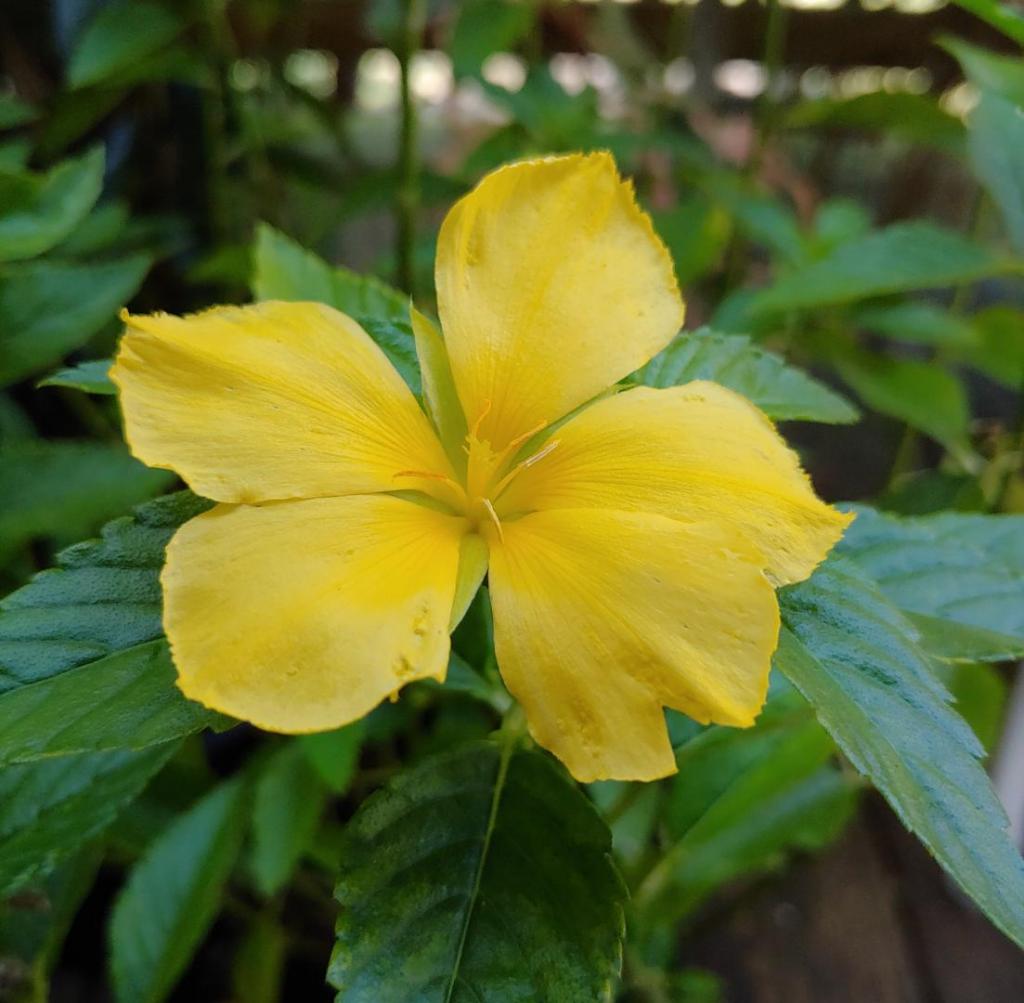



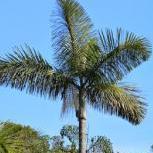
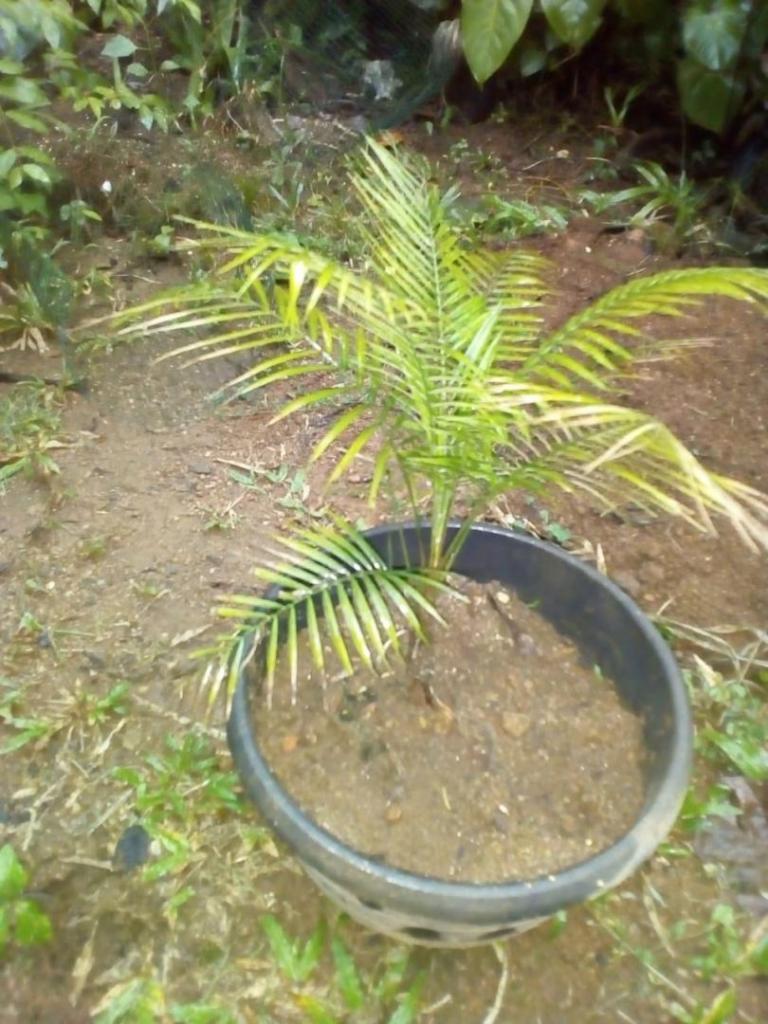

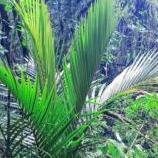

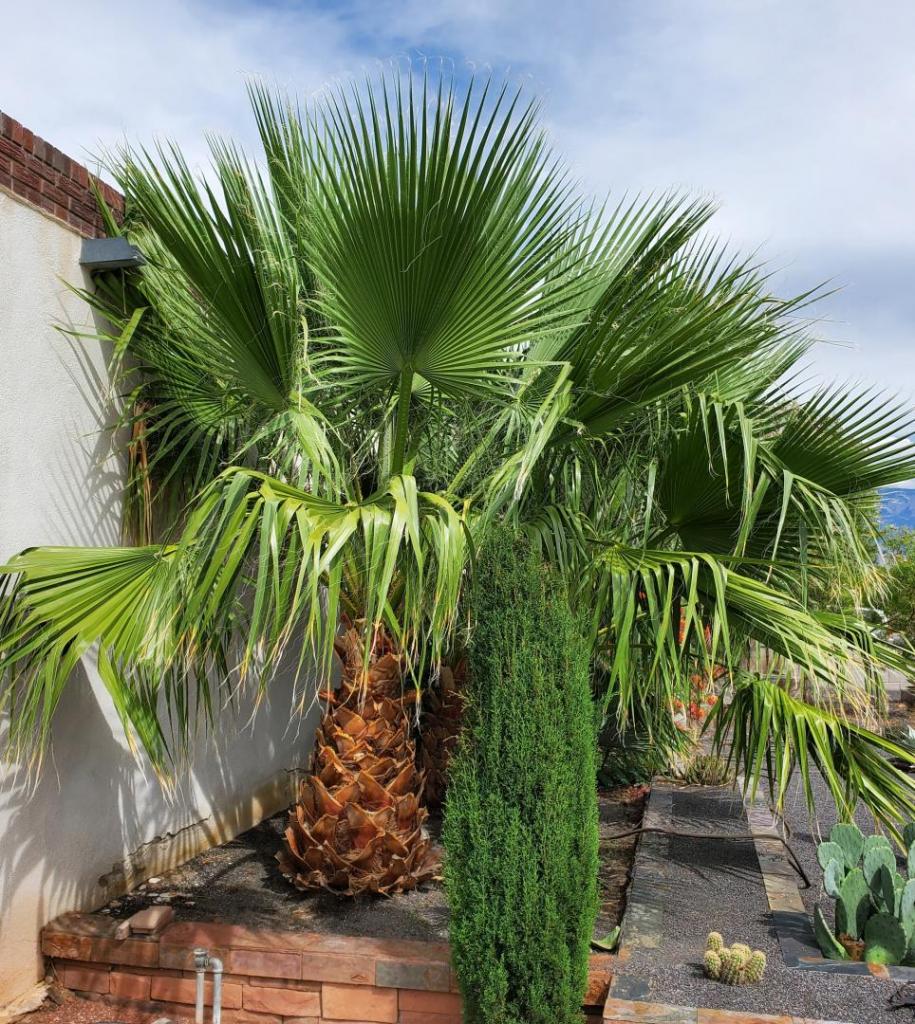


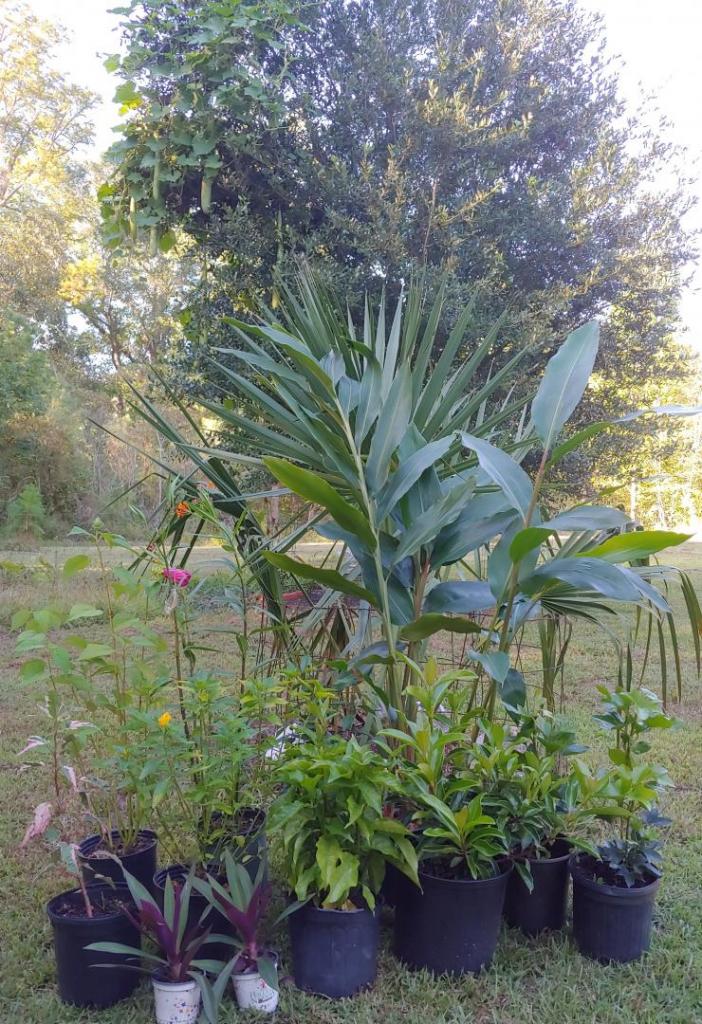




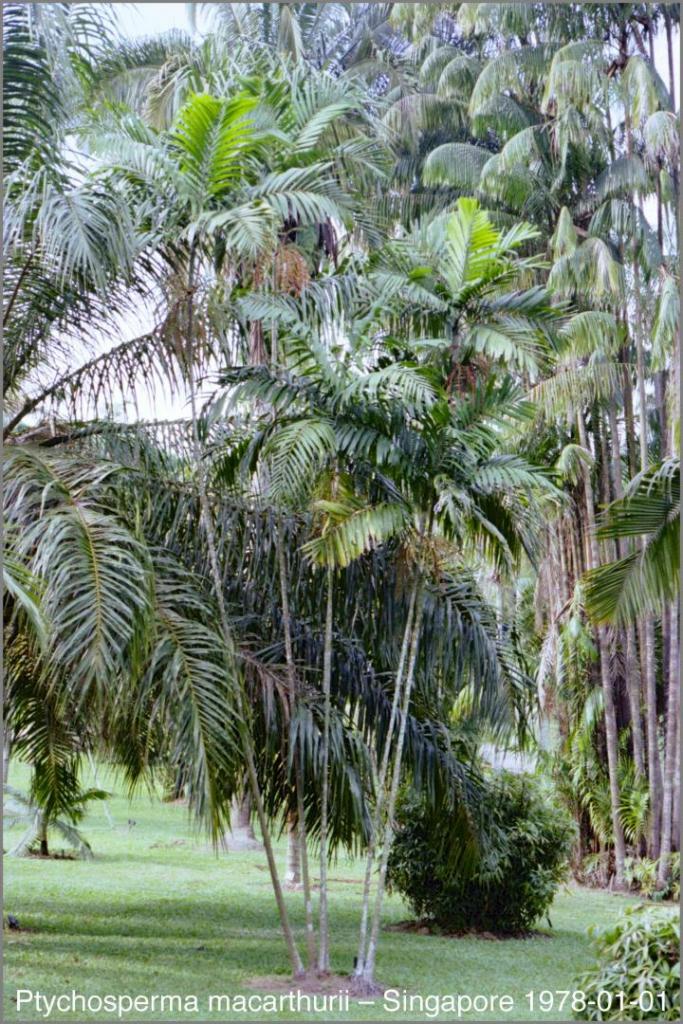
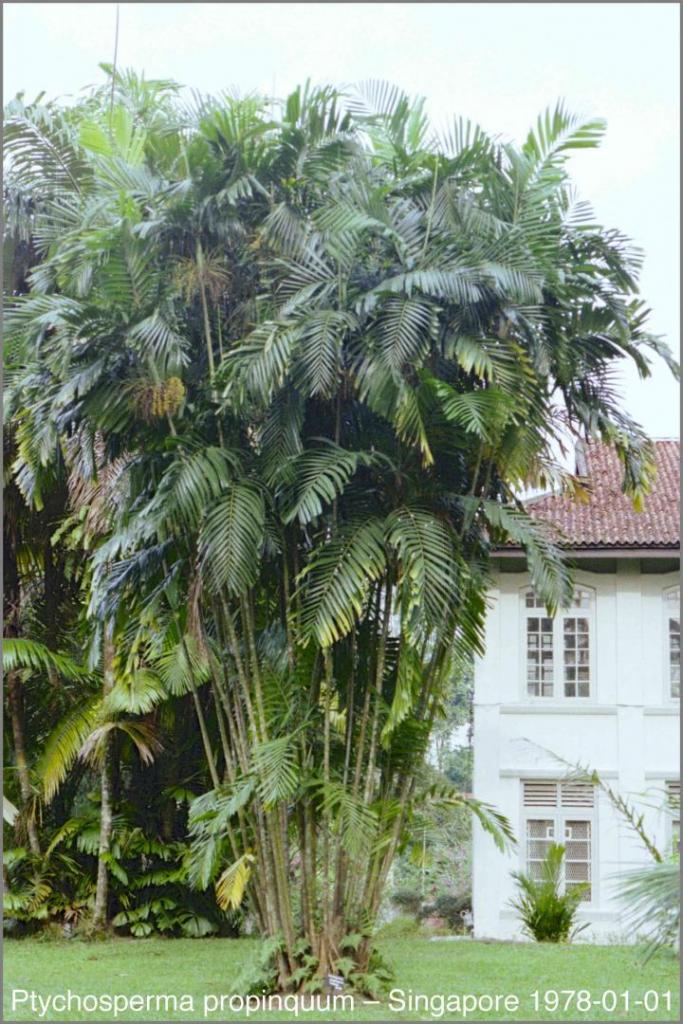
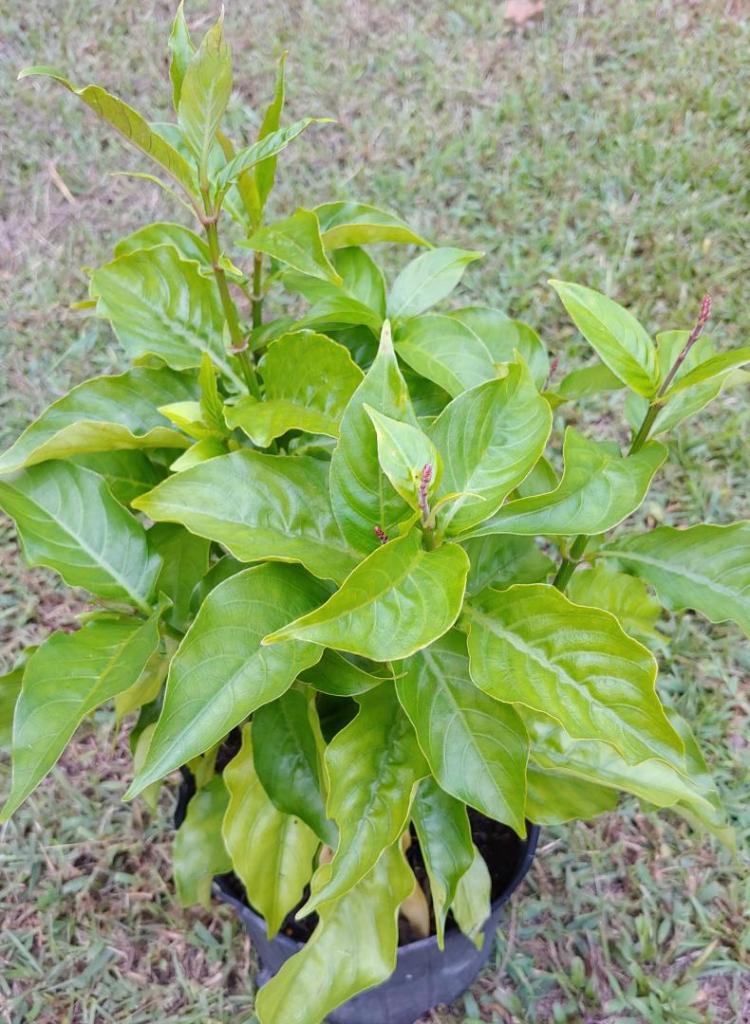
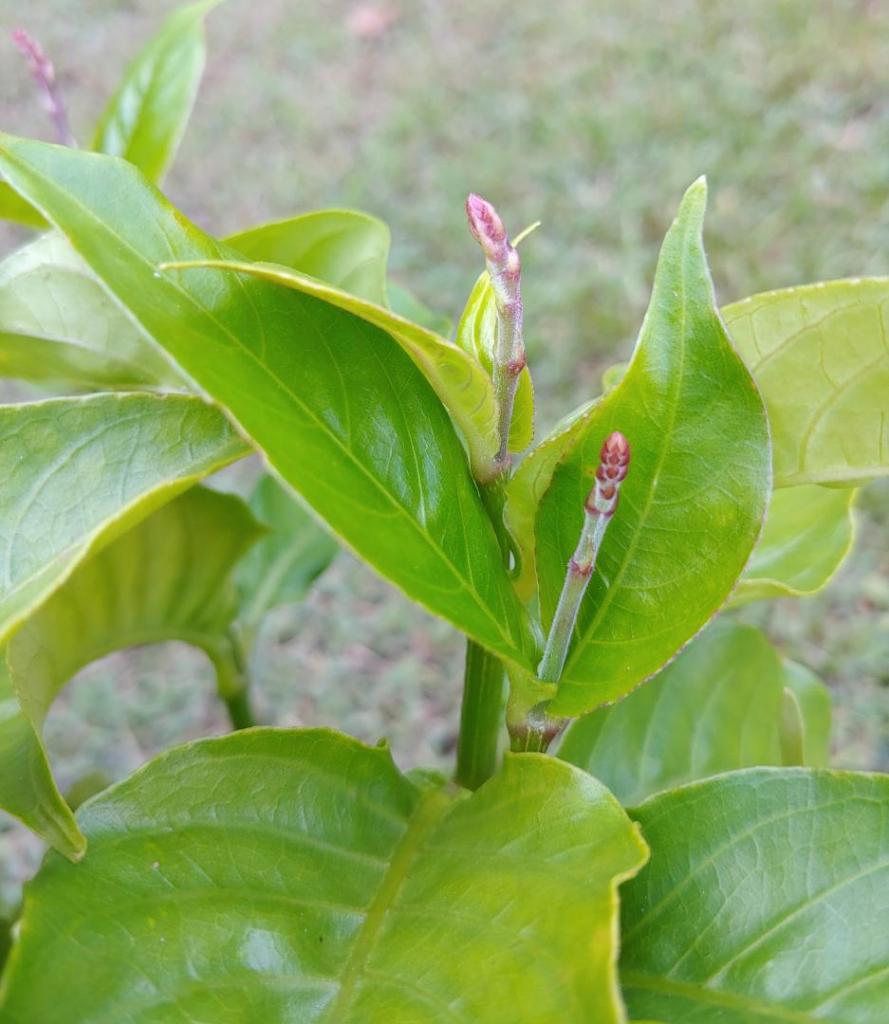
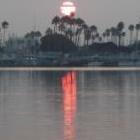
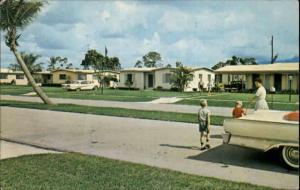
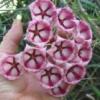



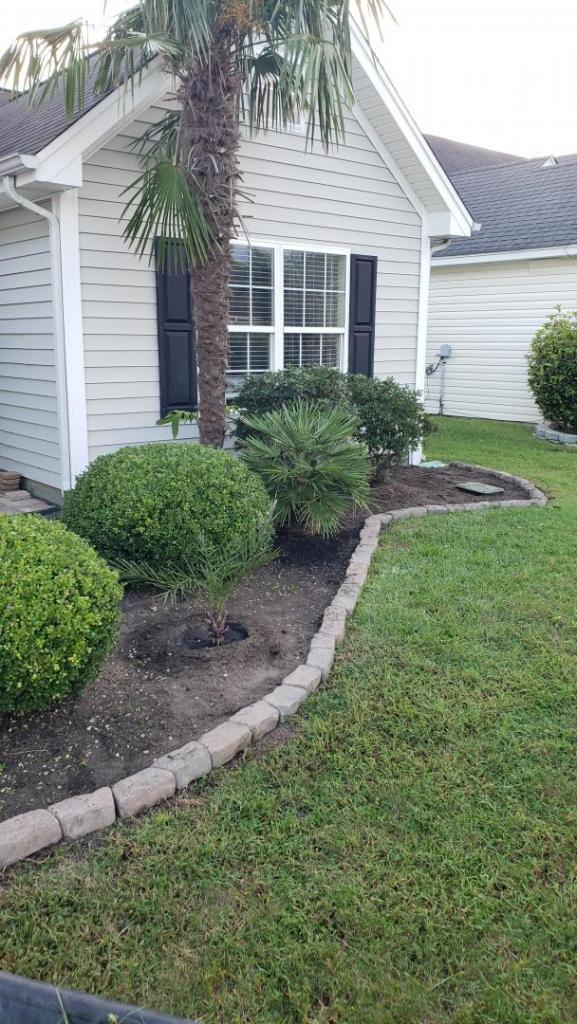
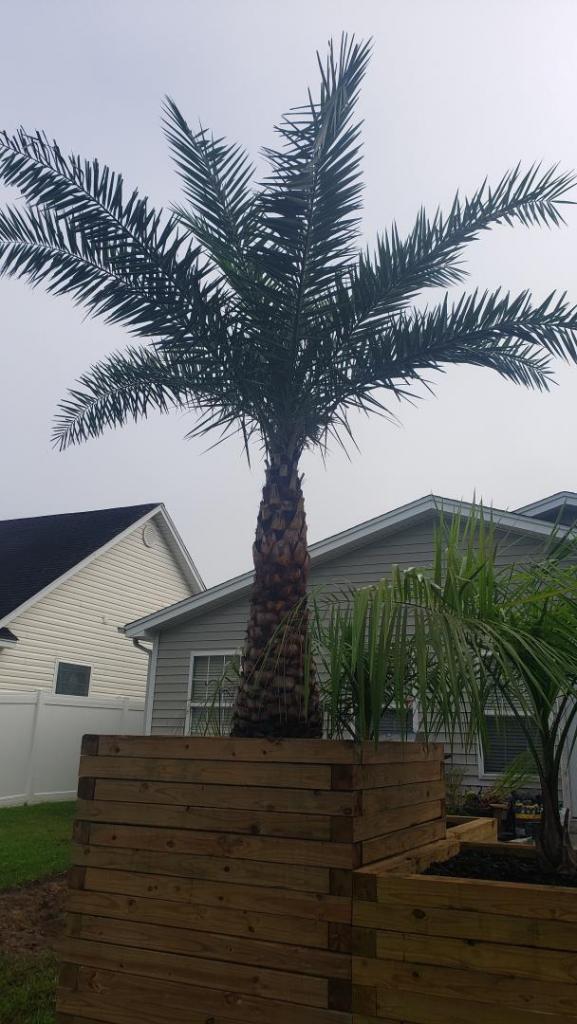









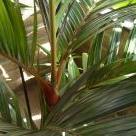

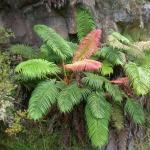
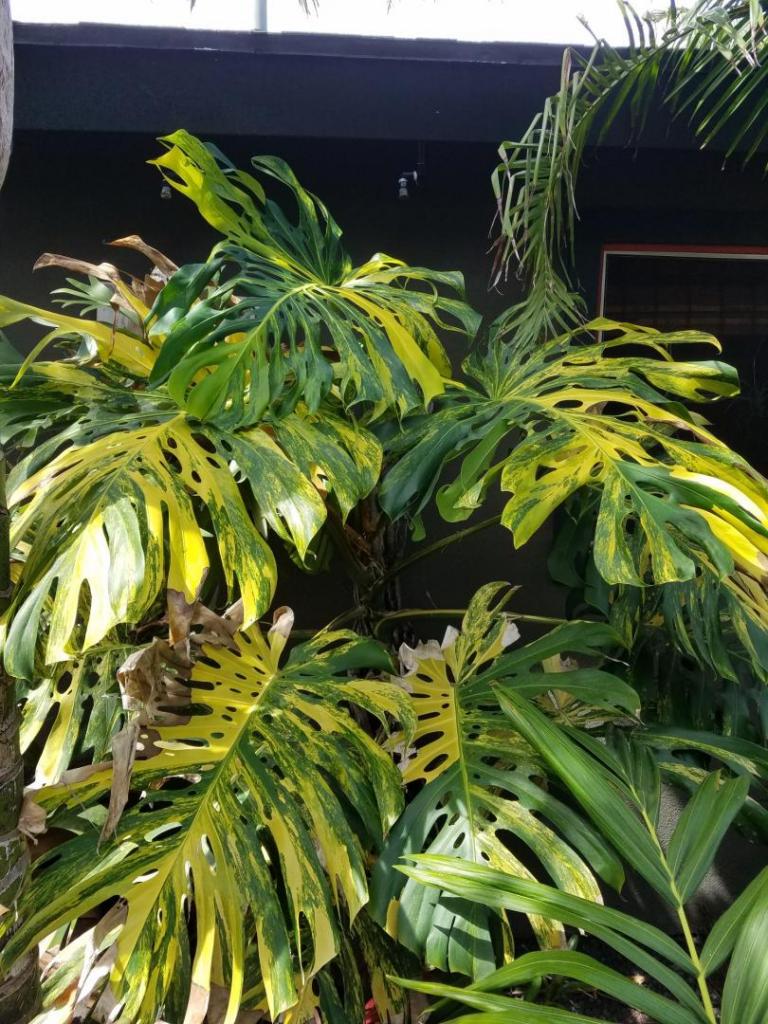

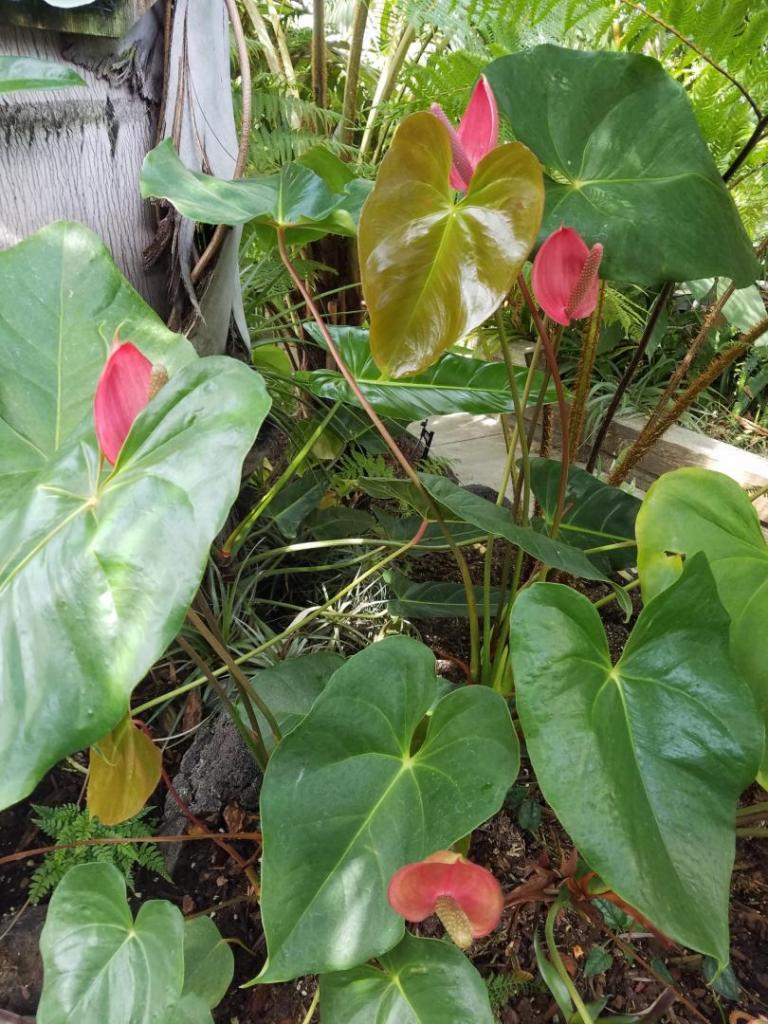

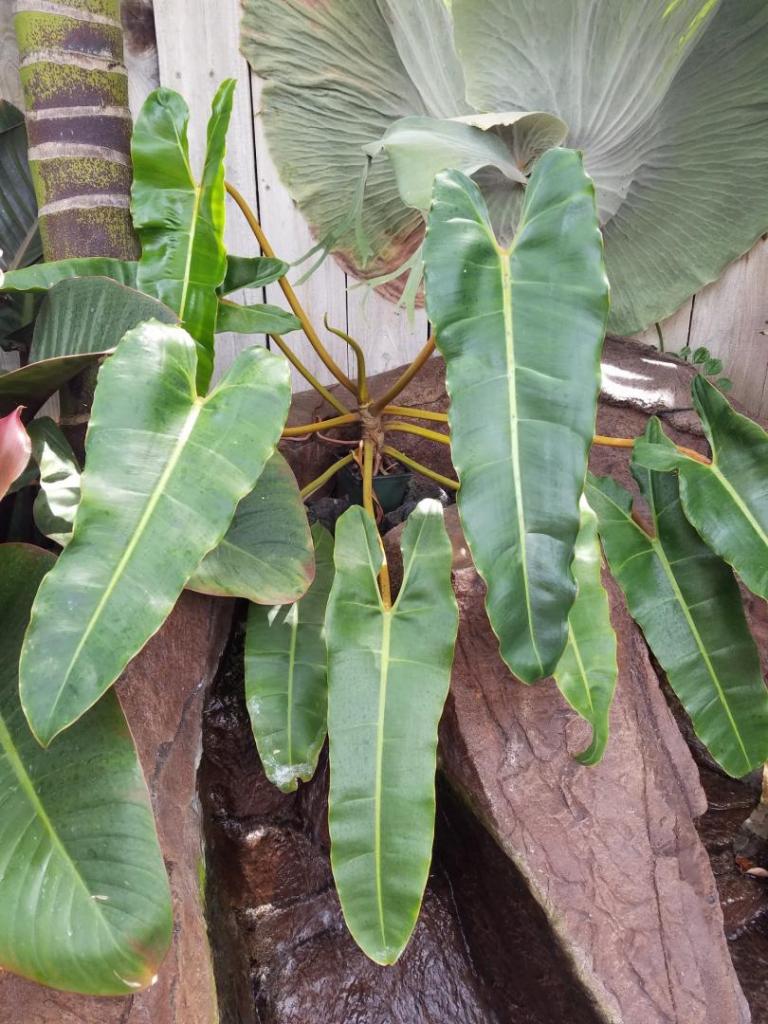
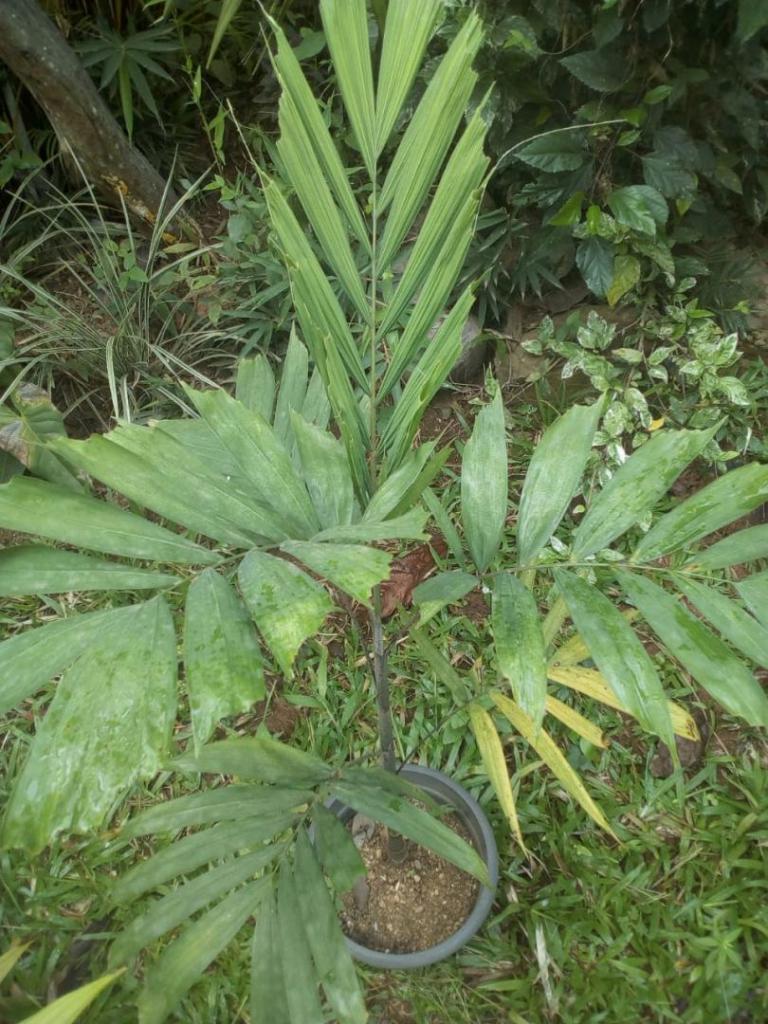
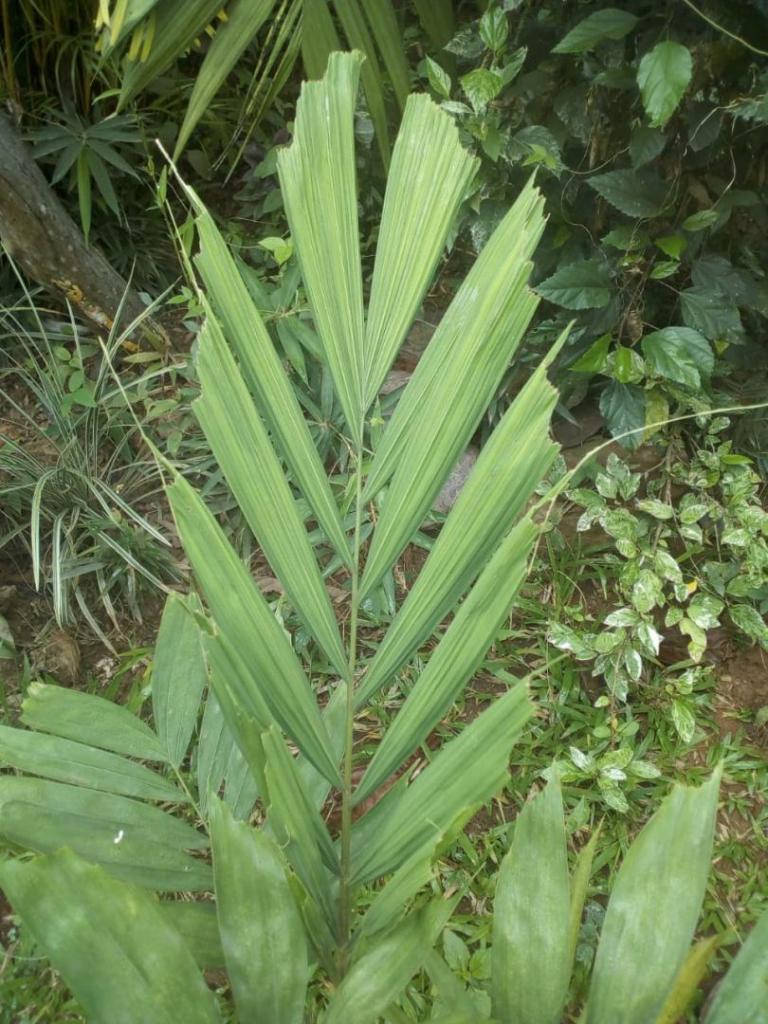
.thumb.jpeg.f87b700bcc8c04d8fc88848359df0b32.jpeg)
